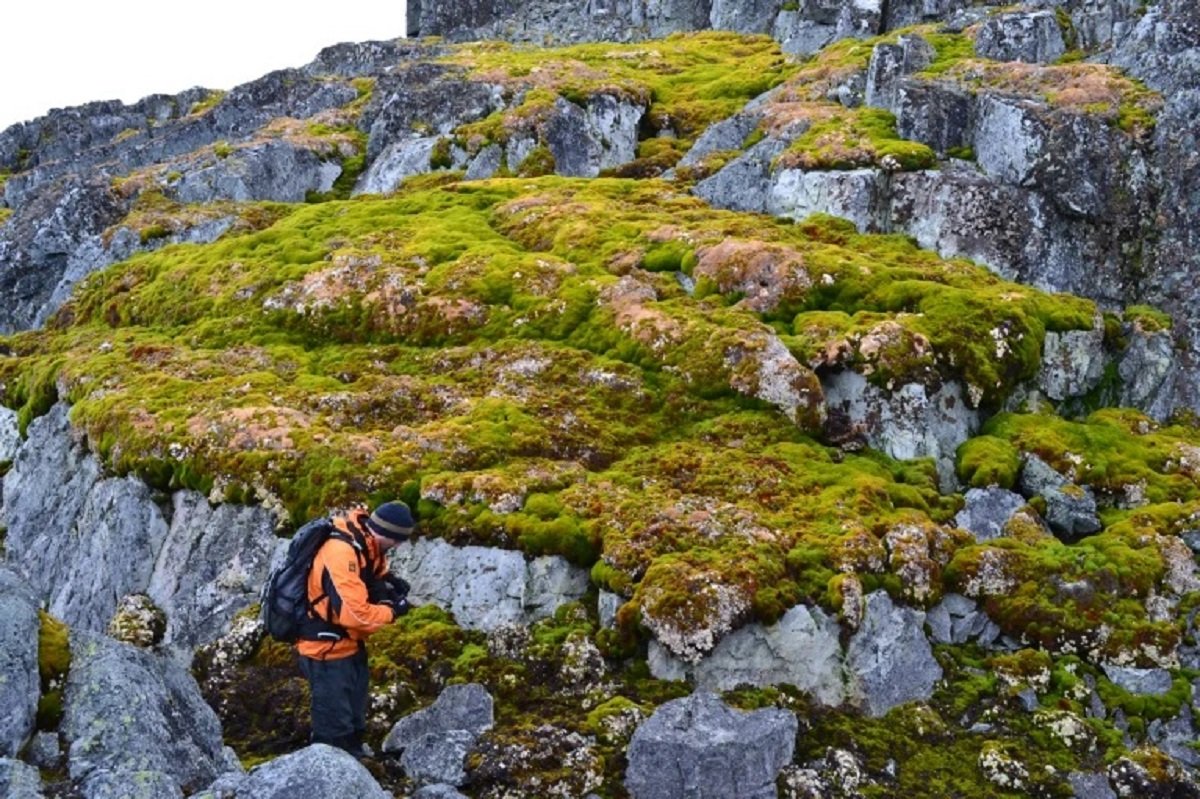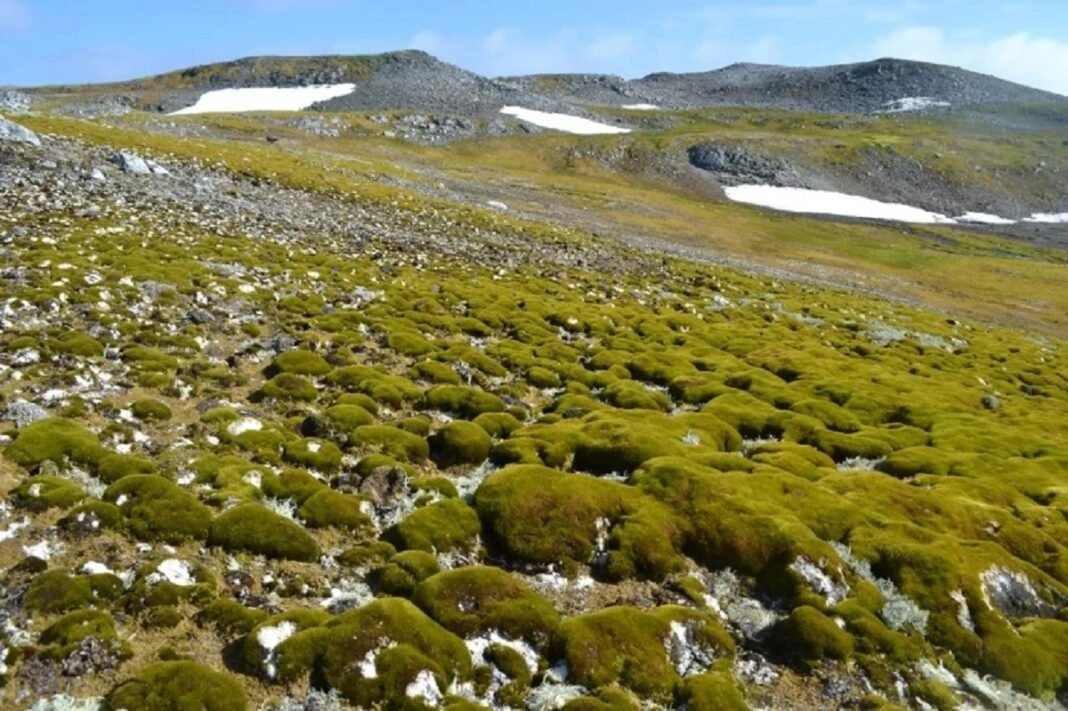An entire landscape in an icy land has shifted to green over 35 years following a nearly 3-degree centigrade rise in temperature since 1950.
In an article published on www.nature.com, Alix Soliman has reported that a fast-warming region of the southernmost continent of Antarctica is getting greener with alarming speed. Satellite imagery of the region has revealed that the area covered by plants increased by almost 14 times over 35 years — a trend that will spur rapid change of Antarctic ecosystems.
The article quoted Olly Bartlett, a remote-sensing specialist at the University of Hertfordshire in Hatfield, UK, and an author of the study published earlier this month in Nature Geoscience, that reports these results, as saying, “It’s the beginning of dramatic transformation.”
The article on www.nature.com further said Bartlett and his colleagues analysed images taken between 1986 and 2021 of the Antarctic Peninsula, a part of the continent that juts north towards the tip of South America, in March, which marks the end of the growing season for vegetation in the Antarctic.
Studying various technical parameters, the team found that the area of the peninsula swathed in plants grew from less than one square kilometre in 1986 to nearly 12 square kilometres in 2021, the rate of expansion being roughly 33% higher between 2016 and 2021 compared with the four-decade long overall study period.
Advertisement

The article further quoted a study co-author and environmental scientist at the University of Exeter, UK, Thomas Roland as saying: “These numbers shocked us. It’s simply that rate of change in an extremely isolated, extremely vulnerable area causes the alarm.”
Previous visits by the authors to the peninsula had led the authors to think that most of the vegetation is moss. As mosses spread to previously ice-covered landscapes, they will build up a layer of soil, offering a habitat for other plant life, Roland says. “There’s a huge potential here to see a further increase in the amount of non-native, potentially invasive species,” he says, according to the article.
This is a concern because Antarctica’s native flora is adapted to extreme conditions, and they might not be able to compete with an influx of other species, Lee was further quoted as saying in the article.





